Regal and restored: the Forbidden City's Qianlong garden
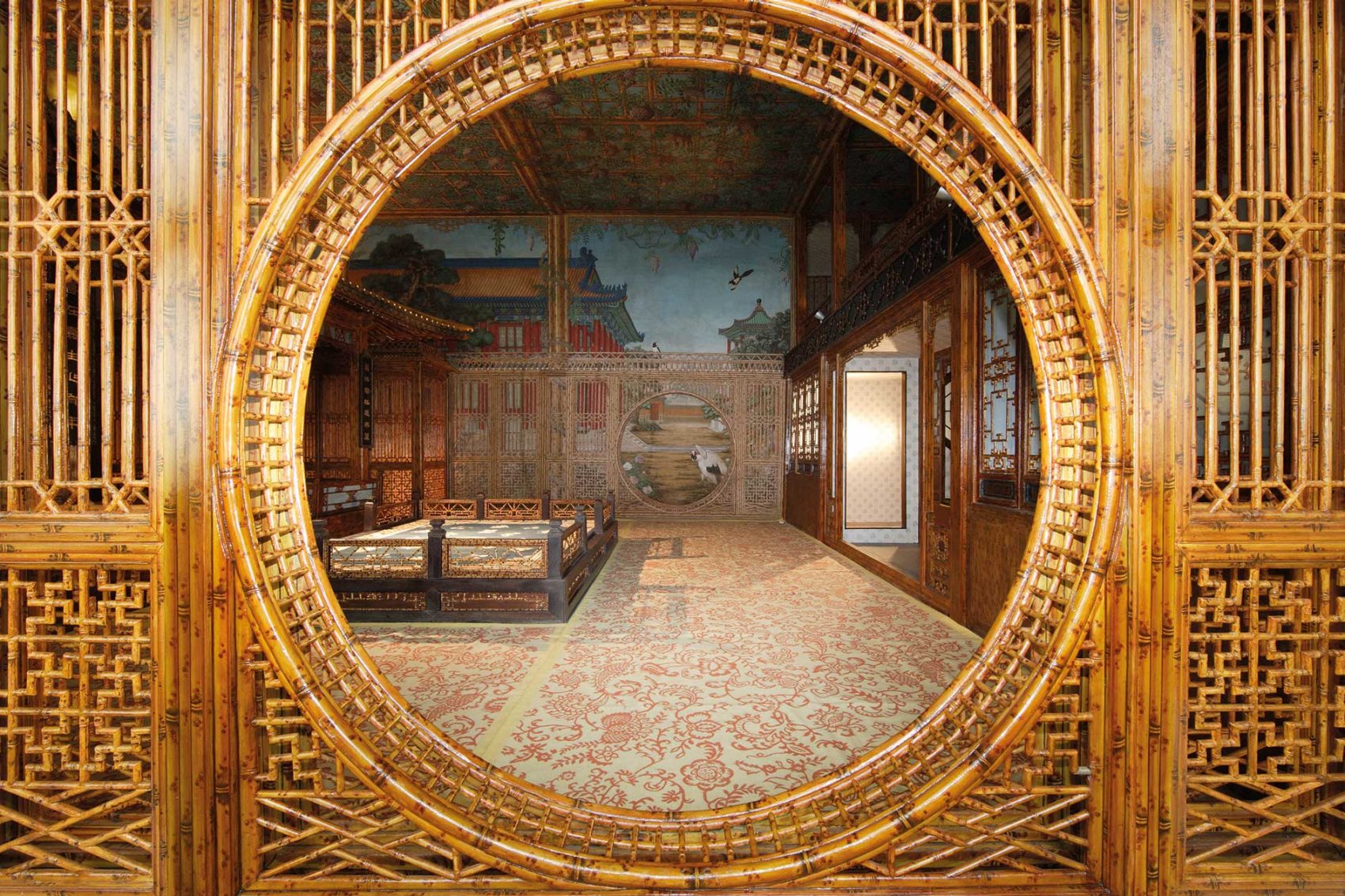
‘The Forbidden City has always been the centre of the city and the heart of China,’ says Beijing native Eddie Jin. A professional tour guide for over 20 years, Jin has made countless trips to the Unesco World Heritage site, but he still remembers his first visits as a boy in the 1980s. ‘Whenever we had relatives from outside Beijing visiting, my family would take them to the Forbidden City,’ he recounts, recalling everyone’s excitement. ‘For hundreds of years, where the emperor lived was a complete mystery for the average person.’
The Forbidden City served as the home to 24 Ming and Qing dynasty emperors, their families and servants from 1420 to the early 20th century. But now, 600 years after its completion, those days of mystery are long gone. In 2018, the palace and its labyrinth of 980 buildings received 17 million visitors. Yet a small garden in the 72-hectare complex’s northeast corner has managed to remain secreted away for the last century.
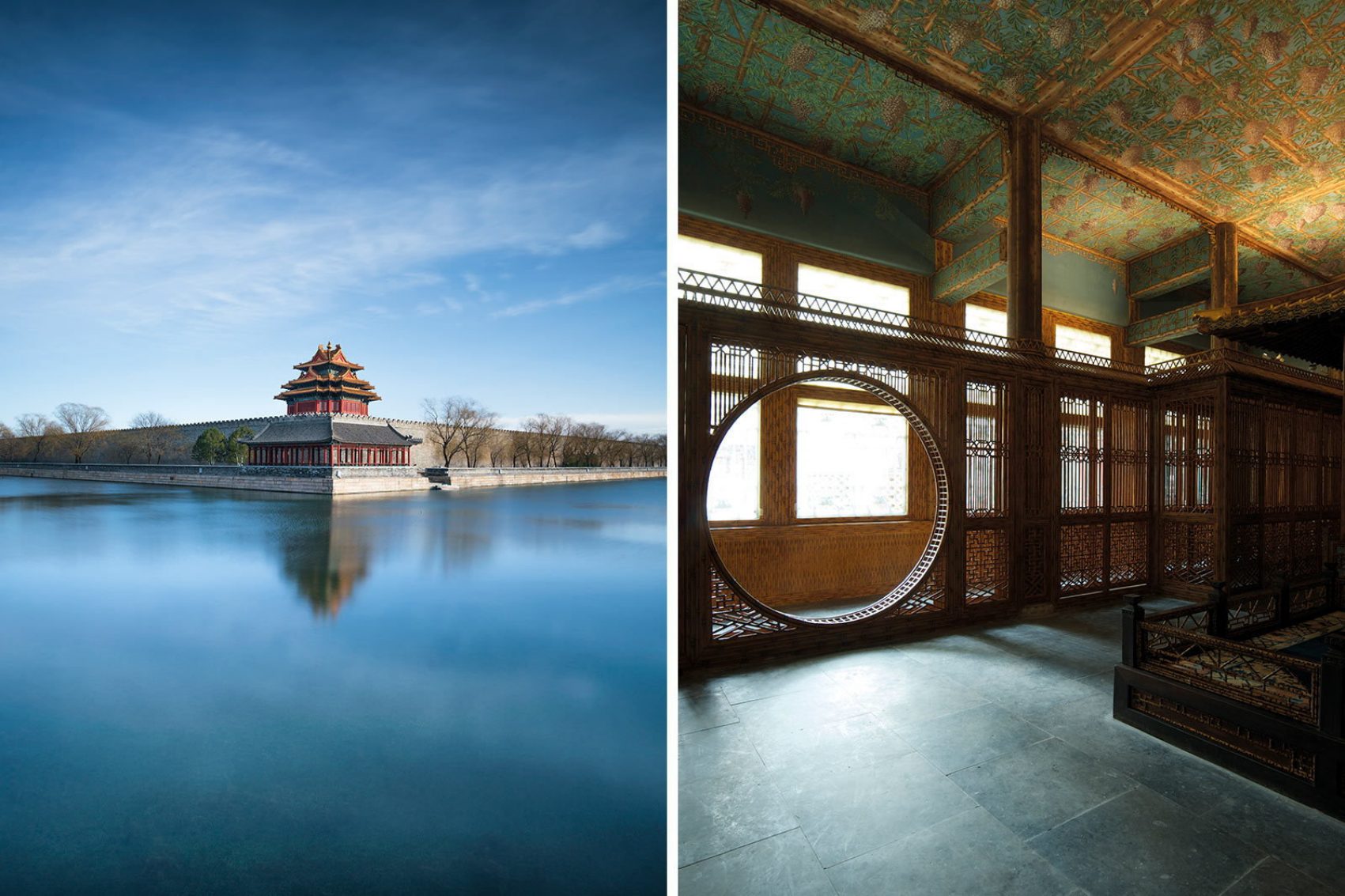
Credit left: Getty Images; credit right: Palace Museum
Best known as the Qianlong Garden, the 87,000-square-foot Ningshou Gong, or ‘Palace of Tranquil Longevity’, was designed and constructed by Emperor Qianlong in the 1770s as a retirement retreat to while away his golden years. A lover of the arts who was particularly fascinated with the ornate crafts of southern China, Qianlong brought in artisans to create an elaborate complex of 27 pavilions, over-the-top interiors and four courtyards studded with rockeries, grottoes and ancient trees. But Qianlong wasn’t one to loosen his grip on power. Even after formally ceding the throne to his son Jiaqing, he continued to rule behind the scenes until his death in 1799, spending not one night in his retirement palace.
Protected in part by an imperial degree by Qianlong to alter nothing, the lavish compound was left untouched through the rest of the Qing dynasty, slowly falling into disrepair after the last emperor, Puyi, was ejected from the Forbidden City in 1924 and its gates were shuttered.
Intentions to restore Qianlong Garden, according to Palace Museum staff notes, go back as far as 1949. But those plans were never realised, and half a century later the garden – emerging from the 20th century largely unscathed as one of the least damaged and least changed areas of the complex – caught the eye of World Monuments Fund (WMF), a New York-based non-profit organisation committed to preserving architectural heritage sites around the globe. In 2001, discussions with the Palace Museum eventually led to a lengthy partnership to painstakingly restore the Qianlong Garden and its 27 buildings to their former glory.

Credit: Palace Museum
Completed in 2008 after six years of meticulous work and costing US$3 million, the first finished restoration was Juanqinzhai, or the ‘Studio of Exhaustion from Diligent Service’, an extravagant pavilion meant for Qianlong’s total retirement pleasure. Decked out in intricate marquetry, carved jade and embroidered silk windows, it’s a dazzling illustration of the emperor’s penchant for opulence. The building’s private theatre features the Garden’s pièce de résistance: nearly 2,700 square feet of trompe l’oeil mural paintings completely covering the ceiling and walls, which were influenced by Italian Jesuit missionary and artist Giuseppe Castiglione and executed by his assistant Wang Youxue – an unlikely foreshadowing of international cooperation that has come full circle in the restoration process.
‘The biggest challenge really is to do a restoration that doesn’t feel like it’s newly built,’ says Annabelle Selldorf, founder of Selldorf Architects , who were tapped by WMF to design the interpretation centre in one of the restored structures. ‘And to do that in a careful manner is hard. One needs to be devoted to each and every aspect of the construction.’
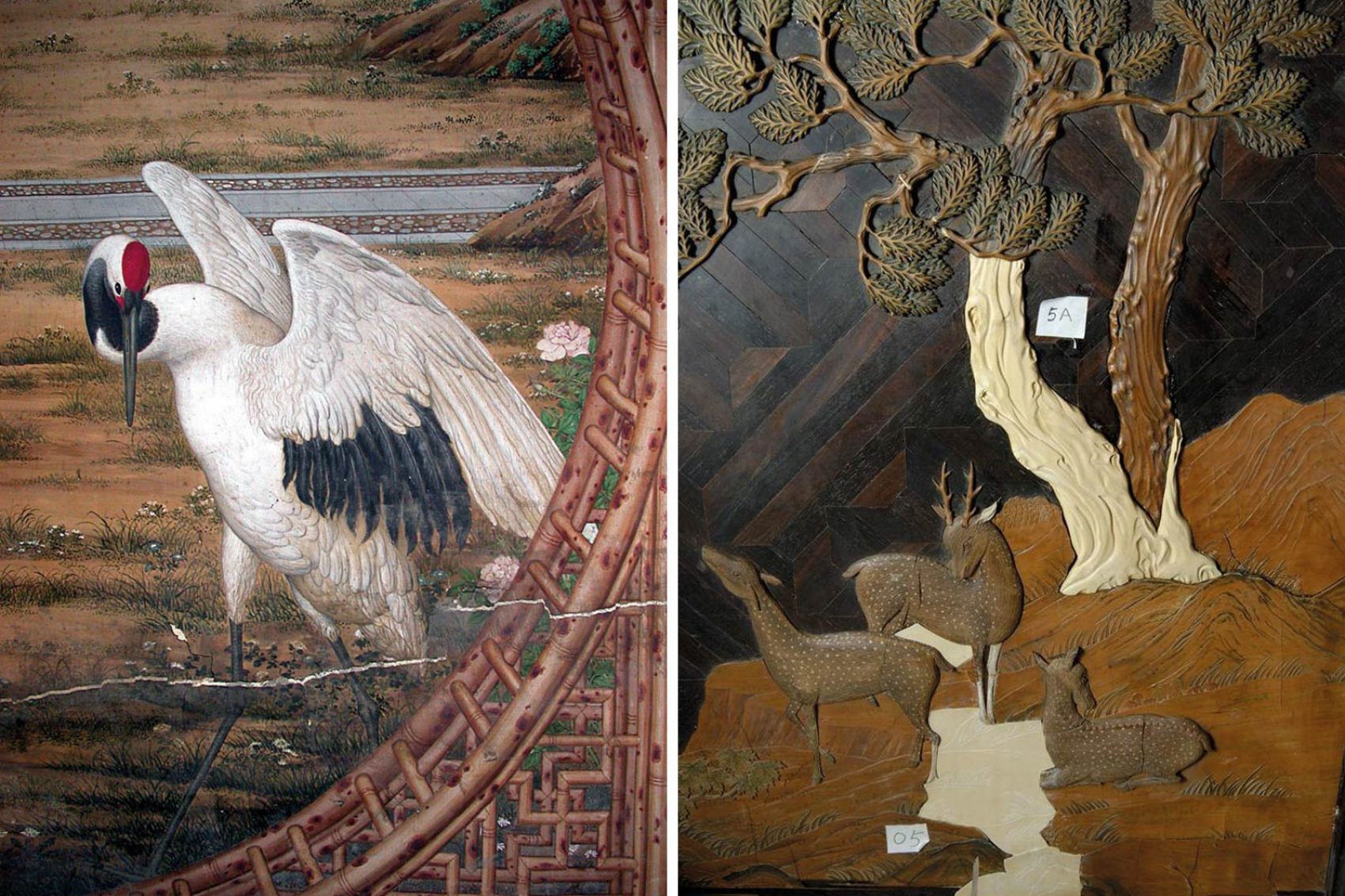
Credit: Jia Yue/Palace Museum
It’s a task that the team has taken up admirably. In stark relief to the quick coats of paint or shiny new replica buildings not uncommonly employed as a restoration tactic elsewhere in China, the Qianlong Garden project has embraced a studied, multi-dimensional approach that includes the preservation of nearly forgotten craft techniques. ‘Artistic techniques that were used for jewellery and other small crafts were applied architecturally for the first time – bamboo thread marquetry, stone inlay, double-sided silk embroidery and more,’ explains Bénédicte de Montlaur, CEO of WMF. ‘Some of these techniques have been lost over the years, and we’ve been working with the Palace Museum to revive them through conservation of the site.’
Together with Tsinghua University, the two organisations have established a conservation master’s degree programme which combines scientific approaches with the country’s long tradition of craftsmanship. Alongside experts in the field, the programme’s graduate students treat the Qianlong Garden as a ‘learning laboratory’.
Using Juanqinzhai’s refurbishment as a model and with more than US$20 million of investment, the conservators have continued methodically restoring the garden’s other 26 other buildings in time for the Forbidden City’s 600th anniversary. By October 2020, all exterior restorations are expected to be completed along with the interiors of Juanqinzhai and the interpretation centre, giving visitors access to the garden for the first time ever.

Credit: Si Bing/Palace Museum.
‘It’s an extensive restoration that is at the same time a meditation on how the spaces were made and how they were used,’ says Selldorf. The interpretation centre will discuss the design and creation of Qianlong Garden and the conservation process, and act as a place to take in the garden itself. ‘We are allowing people to experience the courtyard and the individual buildings, and to utilise them in such a way that you can point out the craft and the structure,’ she continues, drawing a distinction from the Palace Museum’s other exhibits. ‘That is really the essence of the design – that you understand you’re in the space.’
And it’s an incredible space to behold. Intimate and delicate in its proportions, the Garden stands in contrast to the vast dimensions of the rest of the Forbidden City – a tiny piece of imperial paradise, revealed at last.
Beijing’s Forbidden City in Numbers
- 72 – Total area in hectares of the Forbidden City, nearly twice as big as the Vatican
- 24 – Number of emperors that lived in the Forbidden City over the course of the Ming and Qing dynasties
- 1,862,690 – Number of artworks and cultural relics held by the Palace Museum
- 100,000 – Cultural relics that the Palace Museum and tech giant Tencent are digitising for further restoration
- 3 – Number of years of ‘rest’ that must take place between exhibitions before an artwork can be shown again
Where to Stay, Eat and Drink in Beijing
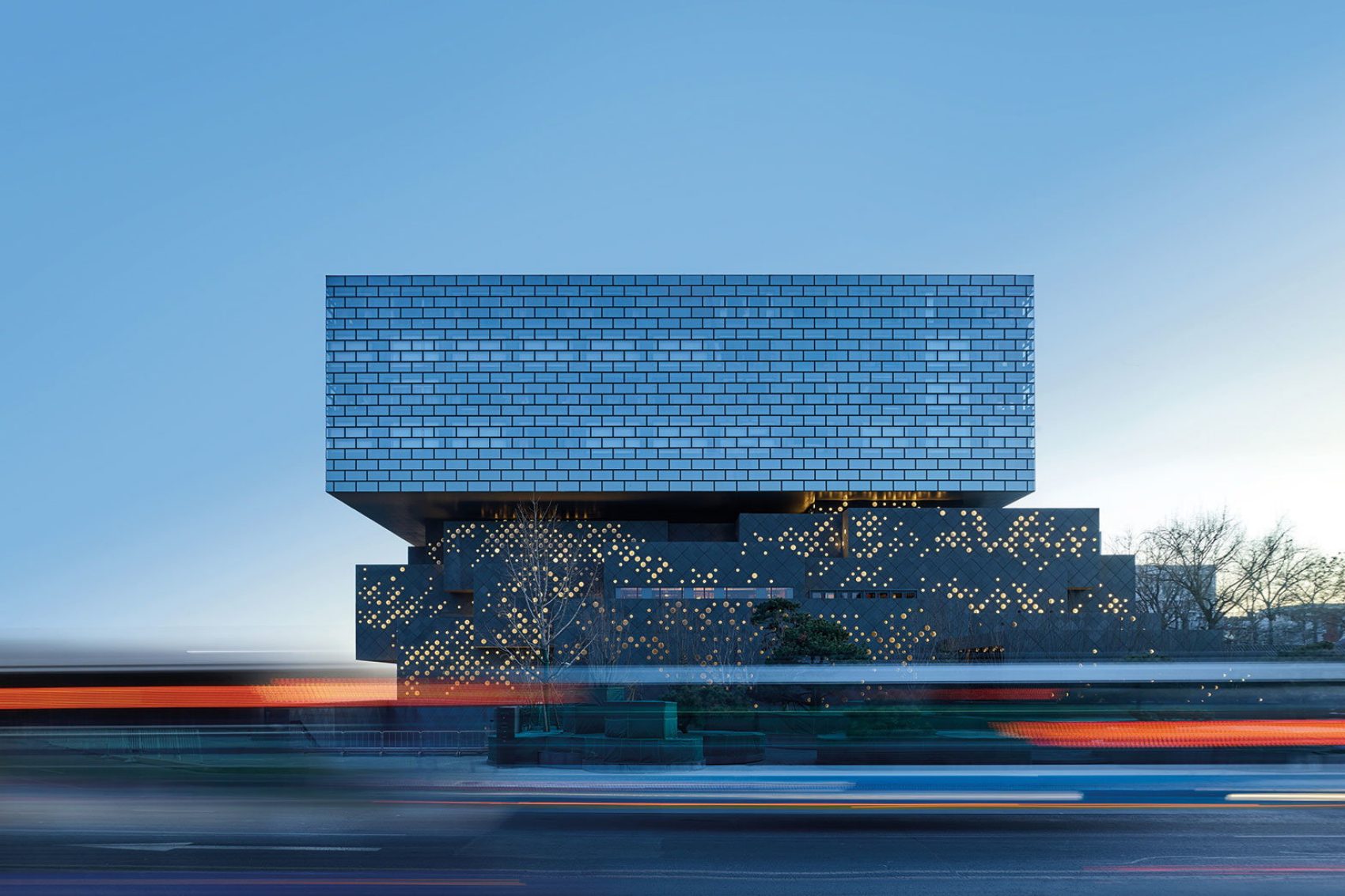
Stay Here: The PuXuan
Unwind after a day of sightseeing at this sleek, 116-room boutique luxury hotel with views over the Forbidden City, Jingshan Park and local hutong neighbourhoods. VIP touches for every guest like 24-hour check-in/check-out and a complimentary minibar alongside a chic, art-imbued interior make for a plush stay. Don’t miss its edgy yet unpretentious French bistro Rive Gauche or modern Cantonese restaurant Fu Chun Ju.

Eat Here: Zha Zha Bistro
A cheery modern Chinese eatery, outfitted in floral wallpaper and with a terrazzo balcony, Zha Zha Bistro serves up southwest China-inspired small plates like deep-fried tofu balls with pickled radish, Guizhou meatballs and soup rice noodles with pork ribs. Vegan options are plentiful and its inventive rice wine cocktails are the perfect complement to the spicy eats.
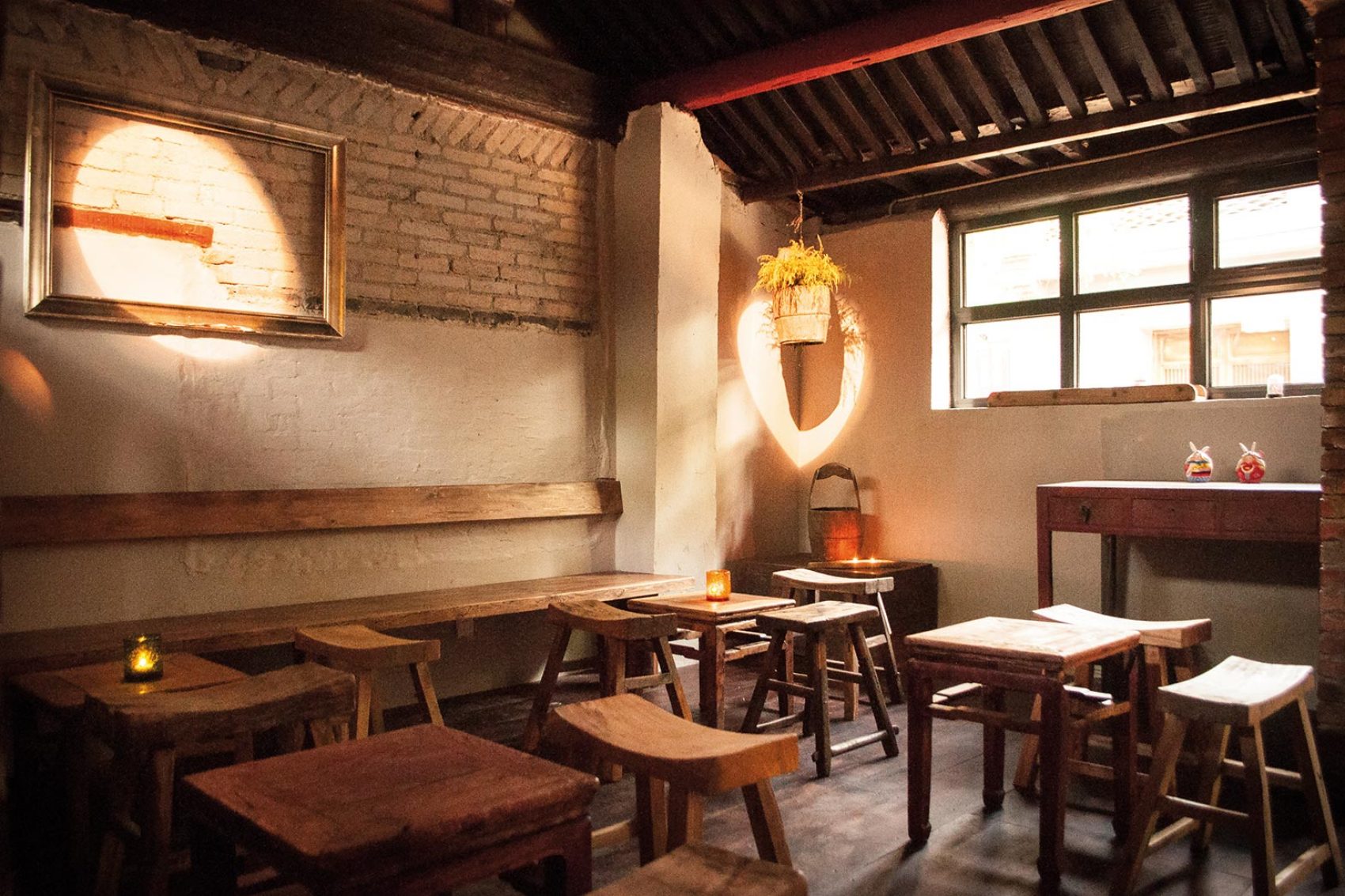
Drink Here: Capital Spirits
Located in the Longfusi complex near the National Art Museum, this cafe and bar offers an education in the world’s most consumed spirit, baijiu. Guests can sample tasting flights of the potent liquor or choose from a selection of creative baijiu-based cocktails. For those who prefer their booze by the pint, Beijing craft brewery Jing A also has an outpost in the same complex.
This story was originally published in February 2020 and updated in August 2020
Hero image: Si Bing/Palace Museum
Related Stories
How AI and Big Data Are Fuelling Beijing’s Startup Scene
Top Business Hotel: Mandarin Oriental Wangfujing, Beijing
7 most exciting reasons to visit Beijing soon
Beijing travel information
- China – the Chinese Mainland, Hong Kong SAR, Macao SAR and Taiwan Region
- Hong Kong SAR - English
- Chinese Mainland (China) - English
- Taiwan China - English
- 香港特別行政區 - 繁體中文
- 中国內地 - 简体中文
- 中國台灣 - 繁體中文
- Africa
- South Africa - English
- Asia
- Bangladesh - English
- Korea - English
- Singapore - English
- Cambodia - English
- 한국 - 한국어
- Sri Lanka - English
- India - English
- Malaysia - English
- Thailand - English
- Indonesia - English
- Maldives - English
- ประเทศไทย - ภาษาไทย
- Indonesia - Bahasa Indonesia
- Myanmar - English
- Vietnam - English
- Japan - English
- Nepal - English
- Việt Nam - tiếng Việt
- 日本 - 日本語
- Philippines - English
- Australasia
- Australia - English
- New Zealand - English
- Europe
- Belgium - English
- France - Français
- Россия - Русский
- Denmark - English
- Ireland - English
- Schweiz - Deutsch
- Deutschland - Deutsch
- Italia - Italiano
- United Kingdom - English
- España - Español
- Nederland - Nederlands
- Middle East
- Bahrain - English
- Saudi Arabia - English
- United Arab Emirates and Qatar - English
- Israel - English
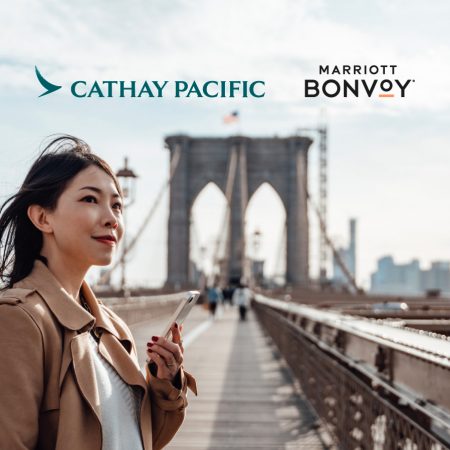




.renditionimage.450.450.jpg)

